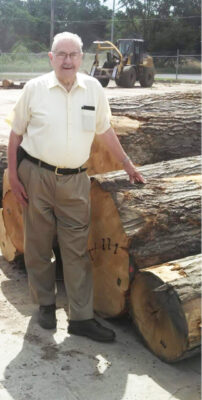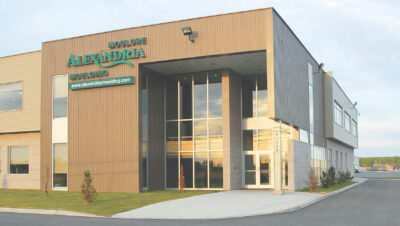Sources working in the forest products industry in the Northeast said their market has been consistent but limited in terms of growth. One contact said the market in his state is “flat”, while another referred to the volume of his business as “medium” and a third contact, the owner of a wholesale distribution yard in Maryland, said that the market in his area is simply “fair.”
Areas of the Northeast are still recovering from a mild winter, according to a source in Pennsylvania. “For us to not have but a handful of super colds days really impacted our logging mill through the winter,” he began. “You know, that’s because the ground never really froze up and it was warmer than normal, so it was wetter than normal. That impacts our industry’s ability to get into the woods and pull logs out.”
Each source struggled to offer reasons for optimism regarding the next six months; skepticism, however, came easily: “It’s on a down-slide right now and I don’t think we’ve seen the worst of it,” said the Maryland contact.
A Pennsylvania contact said that he has spent ample time working to recognize patterns in his business over the past several years and he has come to a conclusion: “There are flashes of ‘good’ that happen every week, but there’s just not enough ‘good’ going on in our business right now.”
White Oak continues to outsell other species of Hardwood in the Northeast with Red Oak experiencing a bump in demand in one state and remaining popular in the others. Both Hard and Soft Maple are selling well overall, with Hard Maple “selling a little bit better” and Soft Maple taking a hit because, according to one source, “No. 1 Common and No. 2 Common Soft Maple are probably the worst items anybody has right now.” Regional species Ash and Poplar are both reported to be selling well, while Cherry sales have “been awful” because of fluctuating export markets. In Pennsylvania, there is some demand for 16/4 Ash, but the majority of lumber being sold in the Northeast is sized 4/4, 6/4 or 8/4.
Northeast sources said that their distribution yard customers are slow right now, while two-of-three sources said that many of their end-use customers are buying more than they ever have. “My moulding and millwork segment in the USA and Canada — particularly those close to major metropolitan areas — are busy as can be,” said the contact in Pennsylvania. He continued, “One of my biggest moulding customers said to me, ‘we’re busier than we’ve ever been, but our average order size has gone down,’.”
Two sources reported that weather played a major role in the health of their businesses through the first half of the year. Trucks’ inability to safely transport logs from the forest (due to wet conditions) led to staggered receipt of logs through the first half of 2024 and, ultimately, an overabundance of certain materials. Sources fear this surplus will lead to a dip in the market when suppliers lower prices to move excess material.
Slow housing starts and high interest rates continue to shape the way that the forest products industry conducts business. One business owner said that there has been a shift in the size of his orders: large orders for new home construction have waned while small orders of mixed-wood have continued to grow.









